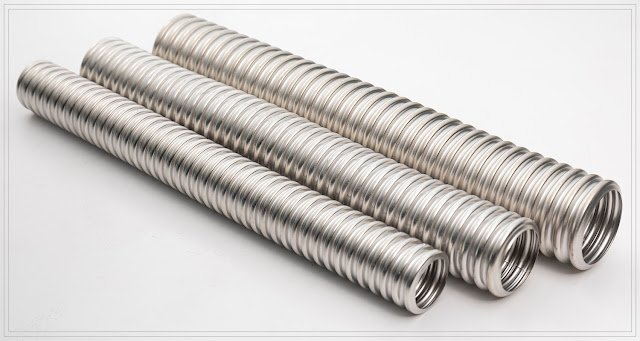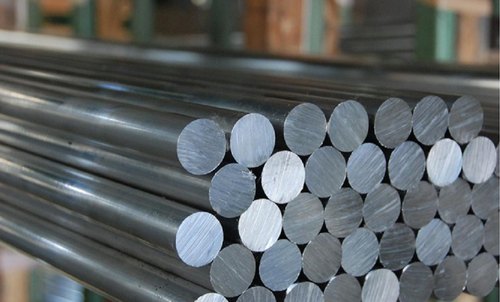Difference Between Pipe And Tube
The pipes and tubes are used in tubular applications such as piping and tubing. The applications range from petroleum, petrochemicals to food and beverage industrial applications. The dimensions make a huge difference and account for the classification of pipes and tubes. The tubes have less wall thicknesses to diameter compared to the pipes. The pipes have higher wall thicknesses. The diameter and the wall thickness of the pipes and tubes account for the schedules and pressure capacities of the tubular products.
The difference between pipe and tube diameter is that the tubes have less diameters, usually up to 2 inches where the pipes can range from small diameters such as ¼ inches up to 60 inches and more. When tubes are ordered, the outer diameters are referred and the pipes are referred with inner diameters and outer diameters. The wall thicknesses of the tubes vary and the wall thicknesses of the pipes vary but the pipe wall thickness are larger. The pipes are mostly round and are used in high volume, high pressure, high speed fluid flow systems. The tubes are generally used in low flow systems with low volumes in circulation. The tubes can also come in square, rectangular or round shapes.
The pipe and tube manufacturing process can differ as well. As the tubes are smaller in diameters, most of them are drawn from the raw material. The cold drawing and hot rolling processes can be used to make the tubes. The pipes can be made up of welding procedures as well. There are electric resistance welding, electric fusion welding and other welding procedures as well. The tubes have to be welded with care as they could be easily deformed as their wall thickness is very low. The pipes can be welded with high heat welding methods as they can stand the temperatures. The pipe and tube applications also vary. The tubes are used in precision applications and are fitted with pipe fittings with threading.
The pipes can be fitted with threading, flanges or welding applications in large flow systems. The pipes are used in oil and gas, water and other fluid flow systems with larger volumes. The tubes are used with precision applications like equipment, tools, nuclear power plants, heat exchangers and other sensitive applications. There are special types of tubes such as the U tubes which are specifically used for the heat exchangers. The pipes are more rigid and cannot be bent and formed as easy as the tubes, but the tube are much stronger due to their smaller sizes. The tubular products made in the same materials can have different tensile and yield strength capacities depending on the size, diameter and the wall thickness of the products.
The tubes less than 2 inches in diameter usually have high tensile strength and yield strength than the pipes. The thermal expansion rate of the tubes are higher than the pipes due to their ratio of mass to volume. Depending on the application’s pressure capacities, temperature requirements and strength requirements, the pipes or tubes can be chosen.
What is Pipe?
Pipe is a hollow section with round cross section for the conveyance of products. The products include fluids, gas, pellets, powders and more.
The most important dimensions for a pipe is the outer diameter (OD) together with the wall thickness (WT). OD minus 2 times WT (schedule) determine the inside diameter (ID) of a pipe, which determines the liquid capacity of the pipe.
Outside diameters
- NPS 1 actual O.D. = 1.5/16" (33.4 mm)
- NPS 2 actual O.D. = 2.3/8" (60.3 mm)
- NPS 3 actual O.D. = 3.1/2" (88.9 mm)
- NPS 4 actual O.D. = 4.1/2" (114.3 mm)
- NPS 12 actual O.D. = 12.3/4" (323.9 mm)
- NPS 14 actual O.D. = 14" (355.6 mm)
Inside diameters of a 1 inch pipe.
- NPS 1-SCH 40 = O.D.33,4 mm - WT. 3,38 mm - I.D. 26,64 mm
- NPS 1-SCH 80 = O.D.33,4 mm - WT. 4,55 mm - I.D. 24,30 mm
- NPS 1-SCH 160 = O.D.33,4 mm - WT. 6,35 mm - I.D. 20,70 mm
Such as above defined, the inside diameter is determined by the oudside diameter (OD) and wall thickness (WT).
The most important mechanical parameters for pipes are the pressure rating, the yield strength, and the ductility.
The standard combinations of pipe Nominal Pipe Size and Wall Thickness (schedule) are covered by the ASME B36.10 and ASME B36.19 specifications (respectively, carbon and alloy pipes, and stainless steel pipes).
What is Tube?
The name TUBE refers to round, square, rectangular and oval hollow sections that are used for pressure equipment, for mechanical applications, and for instrumentation systems.
Tubes are indicated with outer diameter and wall thickness, in inches or in millimeters.





Comments
Post a Comment